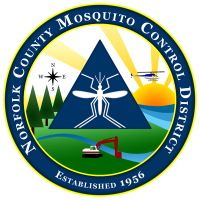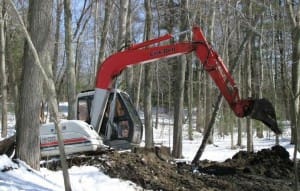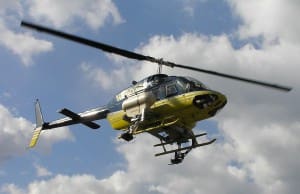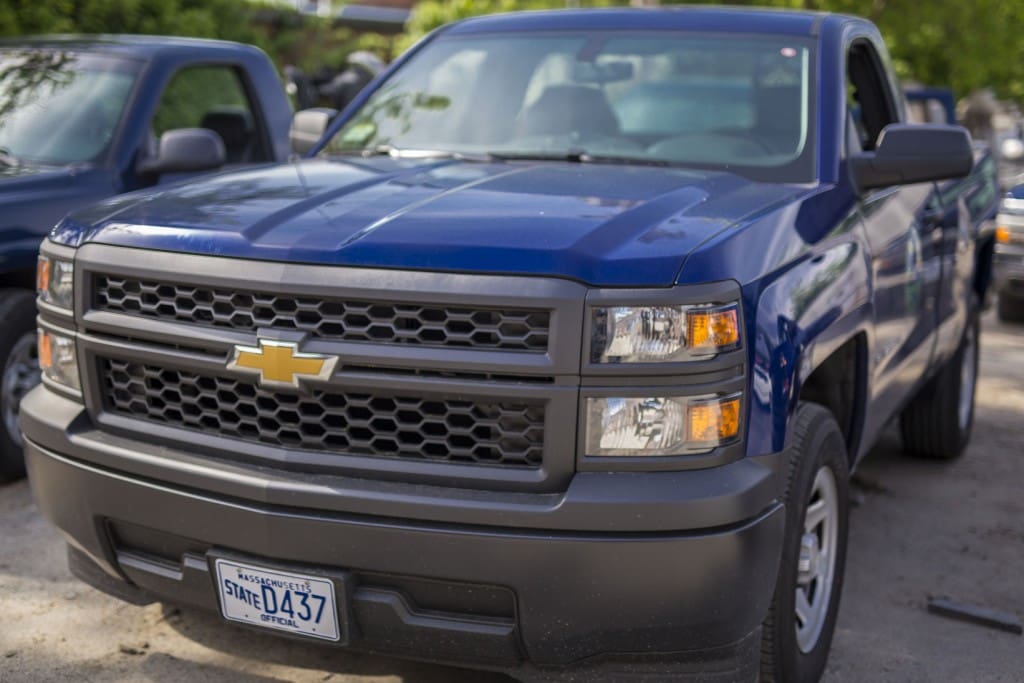Source Reduction
Source reduction is a major component of mosquito control. The purpose is to eliminate or alter mosquito habitat. This can be as simple as emptying bird baths, turning buckets over on one’s property, the removal and recycling of off-rim tires that hold water, to more involved projects such as water management work conducted by the NCMCD. Water management is the maintenance of ditches, and other water courses, conducted in order to reduce larval mosquito habitat or potential habitat. Field personnel can remove manageable vegetation, silt and debris from within District drainage systems and culvert outfall areas by using hand tools. Larger scale projects are accomplished by means of specialized, low ground pressure equipment.
Linkbelt 1600
Click here for details about our Water Management Program
Larval Mosquito Control
When source reduction cannot be accomplished and mosquito larvae are present in water sources, best management practices in IMM call for mosquito larviciding, the most cost-effective, efficient, and environmentally friendly way to reduce mosquito populations. The NCMCD uses Bacillus products (naturally occurring soil bacteria) and methoprene (derived from juvenile hormone naturally produced by insects and arthropods) to control larval mosquito populations. Application is accomplished by field personnel on the ground for smaller sites or by helicopter for larger and remote sites. Catch basins are another source of breeding mosquitoes and are treated with rotations between methoprene products and Bacillus products.
Bell Jet Ranger Helicopter applying larvicide
Click here for our Aerial Larvicide Map
Click here for more info about our the Products we use
Adult Mosquito Control
When adult mosquito populations become a serious nuisance or present a health risk, it is too late for larvicide to have any immediate effect. Thus, it is necessary to use adulticide, employing Ultra Low Volume (ULV) spraying applications. The product we use is Zenivex®, a man-made mimic of the natural plant chemical pyrethrum found in chrysanthemum flowers. The output of ULV applications is approximately 0.65 ounces per acre (8-15 micron droplet size) with an average vehicle speed of 10 miles per hour. Applications occur between sunset and midnight.
NCMCD fleet vehicle
Click here for more info about our the Products we use
Exclusions From Spraying
If for any reason a resident wishes for their property to be excluded from ULV spraying applications, please follow the link. Process to Exclude from Spraying




